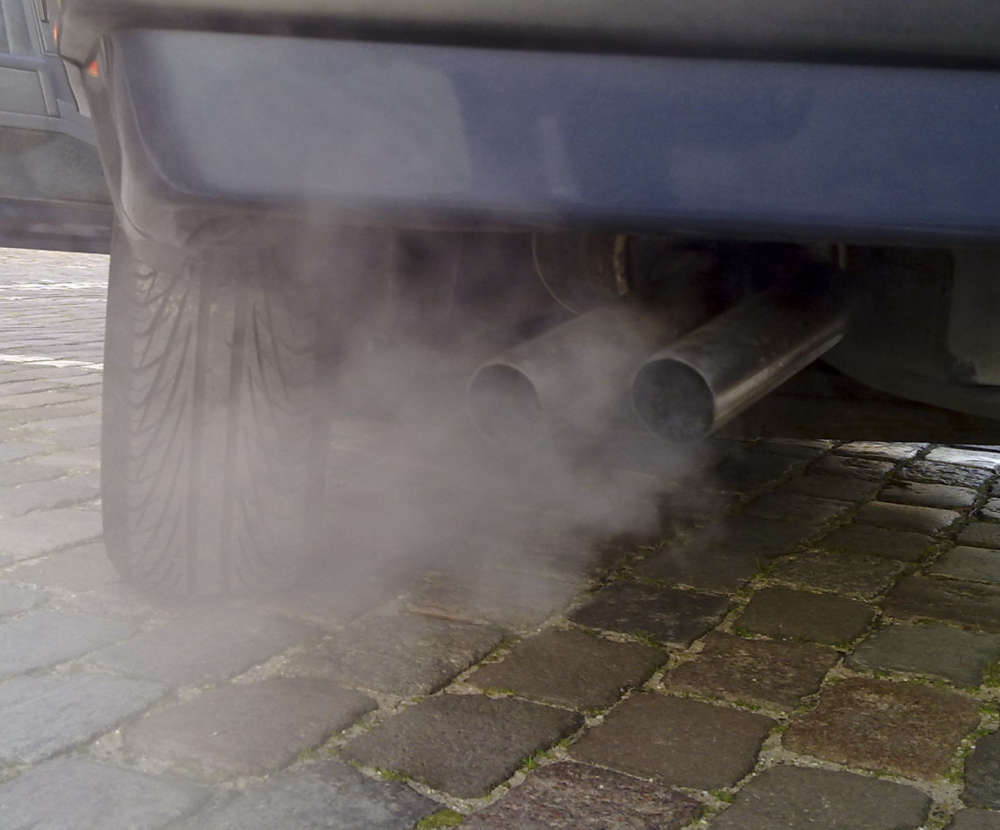
But it looks like emissions have doubled
New data suggest that emissions have more than doubled at Torridge District Council (TDC) in the past four years - but it’s hard to be sure because the council doesn’t know exactly how its last report was carried out.
According to a new ‘carbon footprint report,’ the council was responsible for 3,875 tonnes of emissions in the 12 months to April 2021. This is an increase of 131 per cent on the last reported footprint of 1,678 tonnes in 2016/2017. The measurements are in ‘CO2e’, which means carbon dioxide or an equivalent greenhouse gas.
However the council, which has declared a climate emergency, can’t explain much of the rise because of “a lack of detail as to how the 2016/2017 footprint was calculated.”
The statistics do show that emissions from 'owned transport,' which covers recycling, increased by 636 per cent, rising from 290 tonnes of CO2e in 2016/2017 to 2135 tonnes in 2020/2021.
The council suggests the massive increase is down to improved recycling rates and the number of households served, meaning they have to make more collections.
But they admit such analysis is “is purely conjecture” because of a lack of information they have about how the 2016/2017 footprint was calculated.
The council was contacted to explain why they do not understand how the 2016/17 footprint was put together, but they hadn't replied by the time of publication.
The new figures don’t bode well for the council’s target of net-zero carbon emissions by 2030.
The carbon footprint report states: “In practice, this will be extremely challenging to achieve” because of the number of council services that depend on fossil fuels and the cost of moving away from them.
It concludes that the council needs to use the report and similar ‘carbon audits’ to keep track of how its doing.
The council has commissioned surveys to explore ways of reducing the carbon footprint of council-owned properties. It also says that when the new environment centre is built in Bideford, emissions from waste and recycling will fall because trucks will no longer have to travel to Deepmore in Torrington to drop off rubbish.
It is thought that in the long term the council will need to invest in electric or hydrogen powered vehicles - but says “at present, this is not a viable alternative to diesel for a large, hilly, rural authority."
The council primarily aims to reduce emissions by offsetting them, potentially through renewable energy and carbon capture, for example developing woodland or seagrass planting schemes.
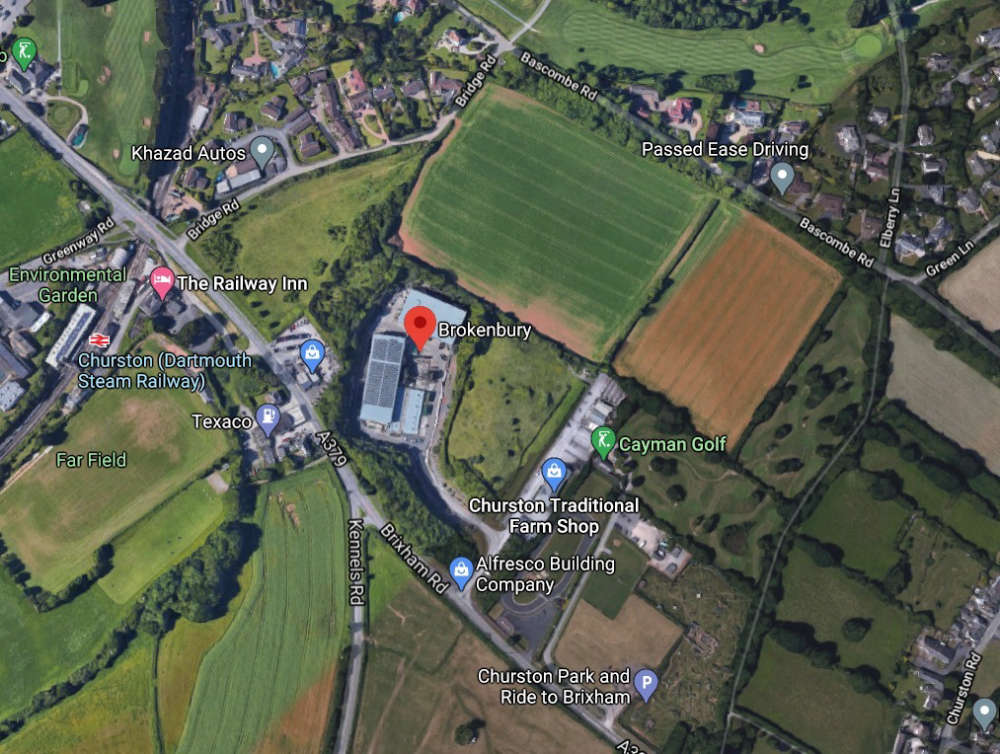 Official challenge to Torbay solar farm project
Official challenge to Torbay solar farm project
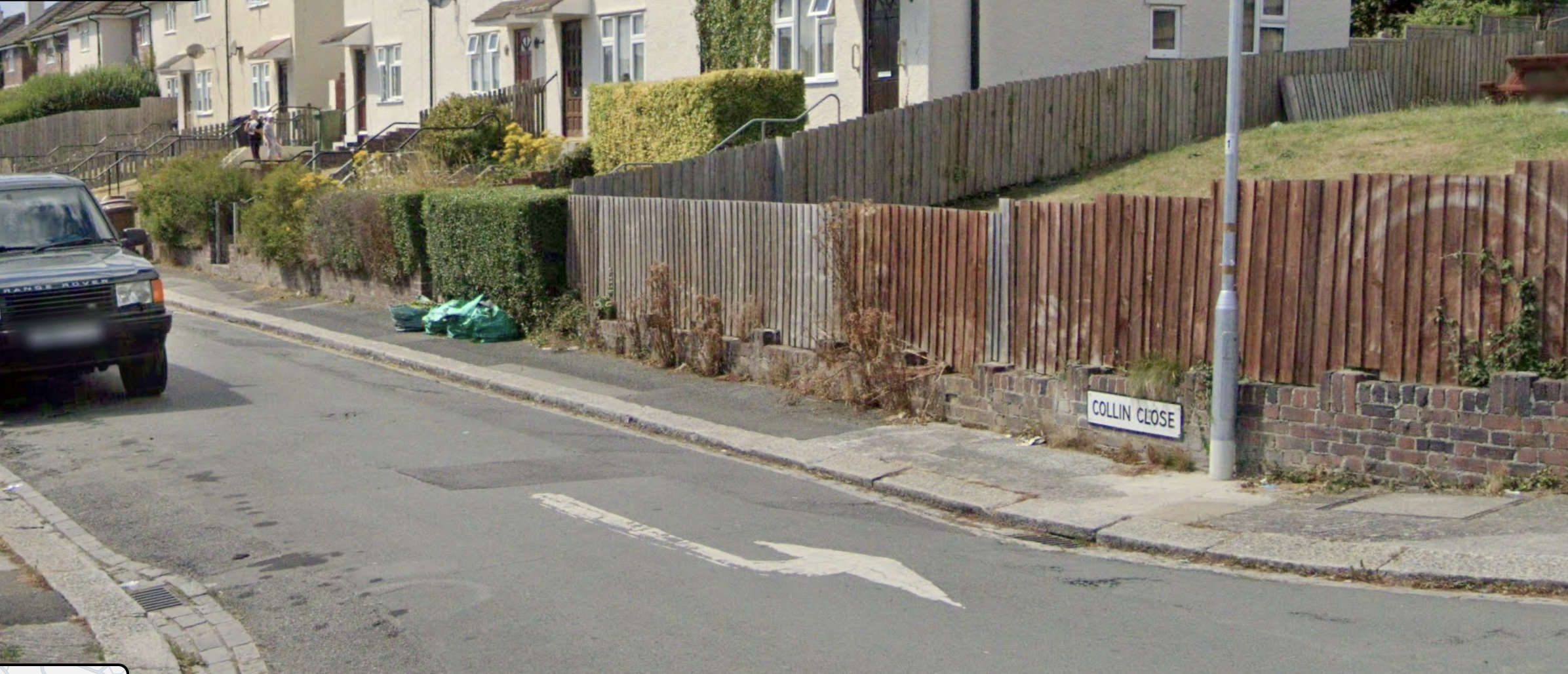 Two people injured in suspected Plymouth stabbing
Two people injured in suspected Plymouth stabbing
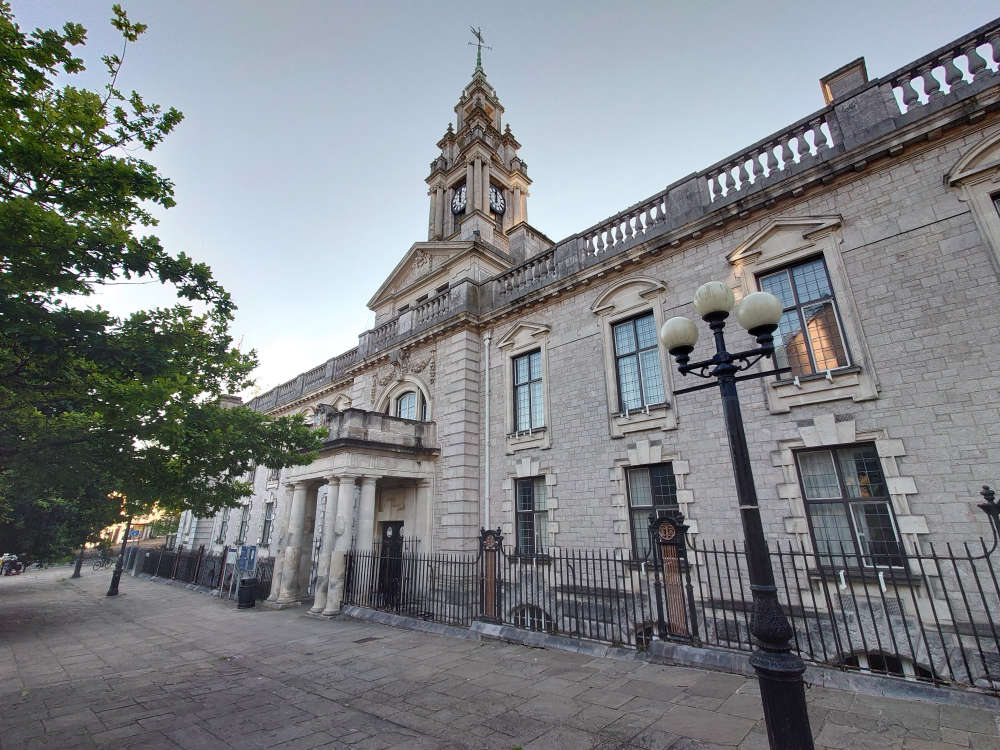 Four councillors banned from council tax debates
Four councillors banned from council tax debates
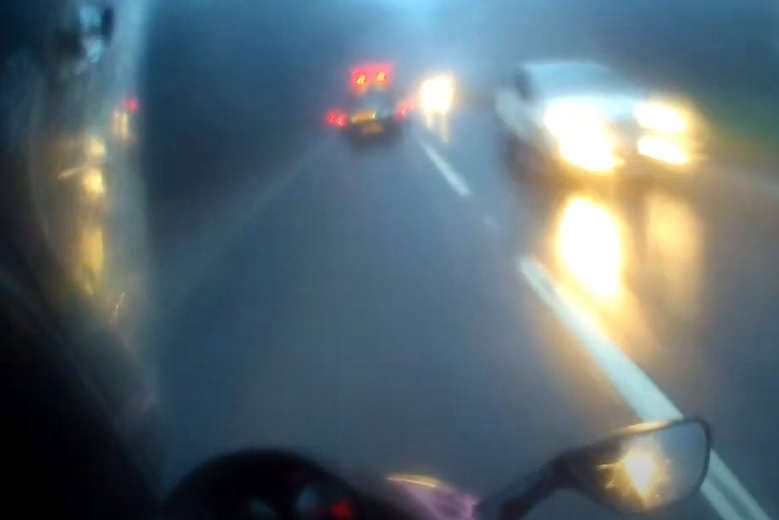 Video shows Devon biker causing horrific crash
Video shows Devon biker causing horrific crash
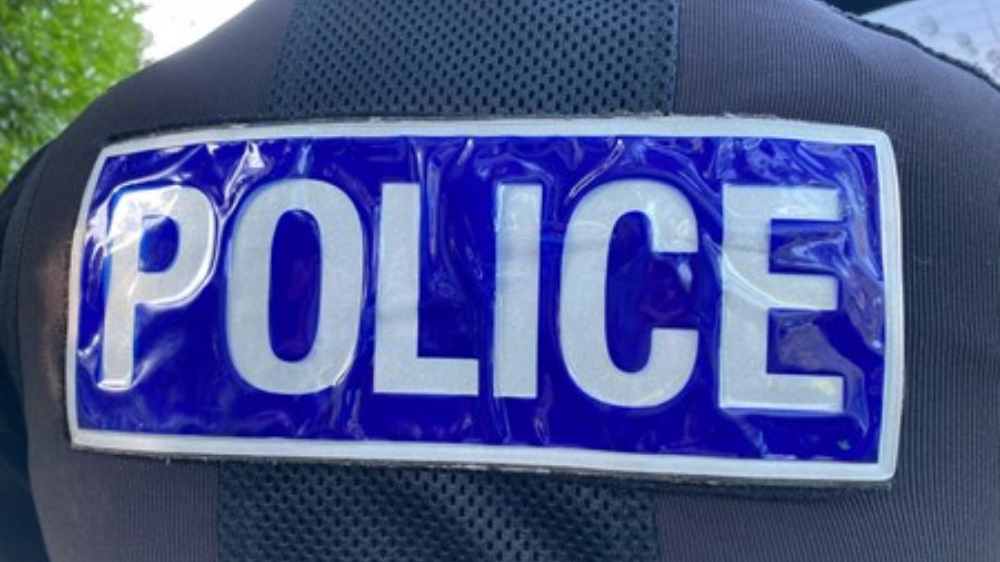 Murder charge after Kingsbridge crash
Murder charge after Kingsbridge crash
